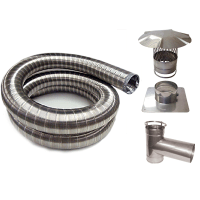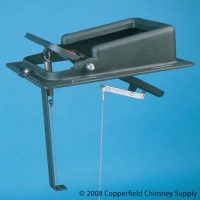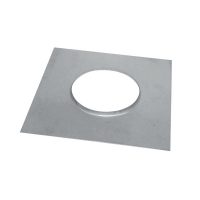If you have an old fashioned gas or electric fire, you could be burning money AND damaging the environment. It may well pay huge dividends to replace your old heater with a new high efficiency model.
Modern gas fires are among the world’s most efficient home heating appliances. They not only look beautiful, but they provide more warmth and comfort from less fuel consumption than ordinary domestic fires.
Many modern gas fires are room-sealed with glass fronts. High efficiency balanced flue gas fires can be installed with or without a chimney. They draw air from outside the room for combustion and expel waste gases to the outside using a flue that is fitted through an outside wall. This technology combined with superior design means that they can operate at up to 85% efficiency, only wasting 15% of the gas which they consume.
Conventional flue gas fires are also room sealed, but are fitted directly into an existing chimney, heating the air from outside using natural convection. These fires can operate at over 90% efficiency and can all be run on both natural gas and LPG.
If you don’t have gas, why not consider one of the modern high-efficiency electric fires. The best modern electric fires are designed in a unique way to maximise style and comfort, whilst minimising the consumption of electricity. They use LED technology to produce a realistic flame picture that is the closest thing to a gas fire or a solid fuel fire you will ever have seen. They have a heat output of 2000 watts, enough for an average sized living room, and yet they consume considerably less energy than ordinary electric fires.
Whether or not you are thinking of installing a new fire in your home, here are some other ways that you can save money on your home heating:
1. Turn down the thermostat on your central heating by just one degree. This could save you 10% on your heating bill. Over the year, it will also release about 240 kg less carbon dioxide into the atmosphere, equivalent to the amount absorbed by about 80 trees!
2. Check your gas and electricity suppliers to see if they’re the cheapest. An average house could save more than £100 per year by switching suppliers.
3. Don’t heat rooms that you don’t use – or heat them at a lower temperature.
4. Only boil a kettle containing as much water as you need.
5. Make sure all draughts are sealed in doors and windows.
6. Fit loft and cavity wall insulation. Some councils give grants for this work.
7. Don’t leave TVs, DVDs, stereos etc on standby. It wastes electricity!
8. Fit energy saving light bulbs and turn off lights when you leave the room.
9. Shower instead of taking a bath, and don’t stand under the shower for longer than you need to.
10. Hang out the washing rather than using the tumble drier.
About the Author: Roger Wakefield is a staff writer at:
DRU Gas Fires, (http://www.drugasar.co.uk), a manufacturer of modern high efficiency gas fires.






